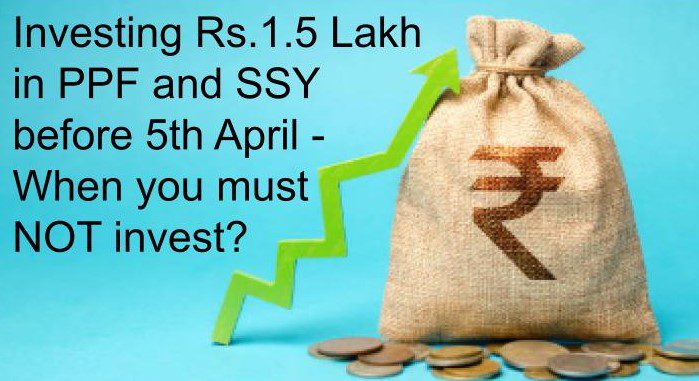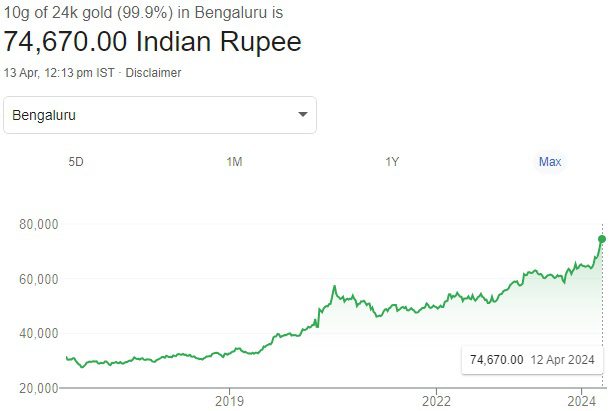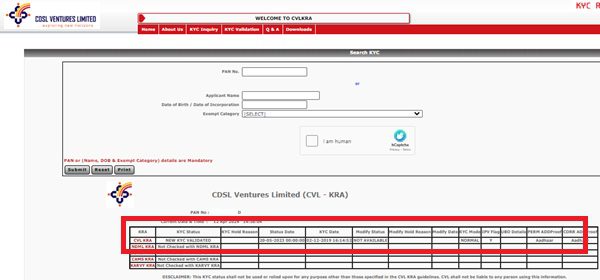The whole of India is now busy investing Rs.1.5 lakh in PPF and SSY before 5th of April 2024. When you must NOT invest as a lump sum?
We all know that if we invest Rs.1.5 lakh in either PPF or SSY between 1st April to 5th April, we end up earning higher interest than investing monthly or in between during the whole financial year. Just because of this, few people are so obsessed that they least bother about other important points to consider and blindly invest.
Investing Rs.1.5 Lakh in PPF and SSY before 5th April – When you must NOT invest?

Let us take an example to illustrate the difference. The current PPF interest rate is 7.1% (Post Office Savings Schemes Interest Rates April – June 2024). Let us assume that you are investing Rs.1.5 lakh every year between the 1st to 5th of April, if we assume the same interest rate of 7.1% for the whole 15 years, then after the 15th year completion, the balance will be Rs.40,68,209.
Now let us assume that instead of a yearly Rs.1.5 lakh investment, if you opted for a monthly investment of Rs.12,500 (Rs.12,500*12= Rs.1,50,000), then the Rs.39,44,599.
Note – Refer to and download the free PPF Excel calculator (Excel PPF Calculator-Calculate Goal, Loan Or Withdrawal Amounts).
The tax-free interest you earned additionally by investing Rs.1.5 lakh between 1st to 5th April is Rs.1,23,610!! Woow…Great achievement right for this whole 15 years period?? But hold on…Don’t follow this strategy blindly. Instead, try to read the below points before you invest.
1) Check whether goal tenure matches your requirement or not
This point is mainly applicable to PPF. I am not questioning the PPF feature or its tax-free feature. However, your investment must first match your requirements. If your goal is 10 years and your PPF is maturing after 15 years, then what is the use of PPF?
Hence, first define your financial goals and check whether PPF (or for that matter SSY) maturity matches your requirement or not. Otherwise, BLIND investing in PPF is USELESS.
2) Check the Asset Allocation of your goals
I too firmly believe in both PPF and SSY products. However, first, you have to check out the asset allocation you have defined for your goals. If because of PPF and SSY, debt is heavy, then there is no point in investing blindly in PPF or SSY.
As these two are long products, if you keep these two for your long-term goals, then you must also include the equity to beat inflation. In such a situation, if PPF and SSY form a higher percentage in your overall portfolio, then you must stop fresh investment or invest minimally to make sure that the account is active.
3) Liquidity is the BIGGEST concern
Even though certain liquidity options are available in both products, it’s not as per your requirements. Hence, if you have to move a big chunk of your debt to equity (due to a huge market fall), then you can’t do it. Either you have to bring in the fresh money to bring it back to the defined asset allocation or have to wait helplessly as both SSY and PPF are illiquid in nature.
4) Relying simply on PPF and SSY to achieve your future financial goal is USELESS
As both these products are meant for funding your long-term goals, if you do not include equity for such goals, you are short of achieving your financial goals. Especially in the case of kids’ education where the inflation is over 8% and just relying on SSY is not the right strategy.
5) Accumulating through RD to invest between the 1st to 5th of April is USELESS
I saw few follow this strategy. They create an RD of a year which will mature exactly between 1st to 5th of April and then immediately withdraw it and invest in PPF or SSY. They least bother about the taxation of RD. The interest you earned is far less than what you earn from PPF and SSY and that is too taxable. This leads to earning less than 5% returns from RD. Instead, if you start monthly investment directly to PPF and SSY, then you end up earning more returns than accumulating for a whole year through taxable instruments like RD and then investing in PPF and SSY as a lump sum.
6) Check cash flow also
Many of us will get income once a month. In such a situation it’s better to invest monthly than accumulate and then invest as a lump sum. Also, whether you invest as a lump sum or monthly, make sure that what is the asset allocation of debt and equity (if you included equity in your portfolio for the goal), then take a call on how much to invest. Sadly many are obsessed with filling the maximum limit of Rs.1.5 lakh a year without second thought.
7) Sec.80C is DEAD!!
Yes, after the introduction of the new tax regime and not increasing the limit of Rs.1.5 lakh for many years, you noticed that for the majority of salaried filling the gap of Sec.80C is very easy now with options like Term Life Insurance, your contribution to EPF and VPF, and remaining options like a little bit from the home loan principal, PPF or SSY.
Hence, even though PPF and SSY are among the best tax-beneficial instruments, don’t invest just for the sake of tax saving. Do remember that Sec.80.C benefit is not available under the new tax regime and it’s a matter of few more years where the Government may abolish the old tax regime and retain only the new tax regime.
Conclusion – Think wisely not emotionally. By adopting this lump sum strategy of one-time investment between the 1st to 5th of April, you noticed that you ended up earning more than Rs.1.2 lakh (considering the current interest rate of 7.1%). What is the value of this money after 15 years? How does it benefit you? Consider the above points before you decide to invest a lump sum before 5th April.










12 Responses
Dear basu,
As,I am the policy holder in our family floater health insurance ,but my wife pays the premium for this health insurance,so can this premium be shown by her in her ITR section 80D?
I am asking because as i have read that insurance premium paid towards the name of spouse,children can be shown in section 80D.plz clearfy .
Dear Rajesh,
Yes, she can show it.
Basu,
My target AA required most of the investment goes to Equity, Currently i am debt heavy and all debt products are locked like PPF,EPF and SCSS(mother account).
My PPF is alreay expired and extended with fresh investments for another 5 years. Can i partial withdraw from PPF to move Equity to satisy for my target AA for long term goals ? Your suggestion please.
Dear Devan,
Yes, you can do so. Also, going forward, make sure that some % of your debt portion should be in Debt Mutual Funds as this will be helpful to bring to the suggested asset allocation.
Thanks Basu.
My first goal due is 8 years from today and the last goal retirement is 14 years from today. Can i consider Money market fund for debt category. Because i am not sure about volatile nature of Gilt fund for above mentioned goal tenures.
Dear Devan,
You can consider money market funds or the only one available open ended short duration Index Fund of Edelweiss also for this purpose.
From which year they started 5th of every month…
Dear Sridhar,
Long back.
As per IT Rules, the savings u/s 80-C has to be made “out of income chargeable to tax” of the current year and therefore, if one deposits in PPF account during 1st to 5th of April, then, ITO may decline such deposit/deduction because you have still not “earned” before the 5th of April.
And therefore, it is always better to invest at least in the first week of May, if at all, one has to make investment early on to take advantage of full year’s tax free interest income.
Dear Kamal,
I am unsure of this clause you are mentioning. Can you refer the IT Department reference (not others) to validate this. As per my knowledge, the deposit amount during FY matters but it is nowhere mentioned that the income should be from the financial year.
Thank you sir for enlightening us.
I think in case of Sukanya Sumrudhi, we can invest till 10th of every month to get interest for that month.
https://www.bankbazaar.com/saving-schemes/sukanya-samriddhi-account-interest-rate.html
Regards,
-Santosh
Dear Santosh,
Later it is changed to 5th. I think they have not updated.